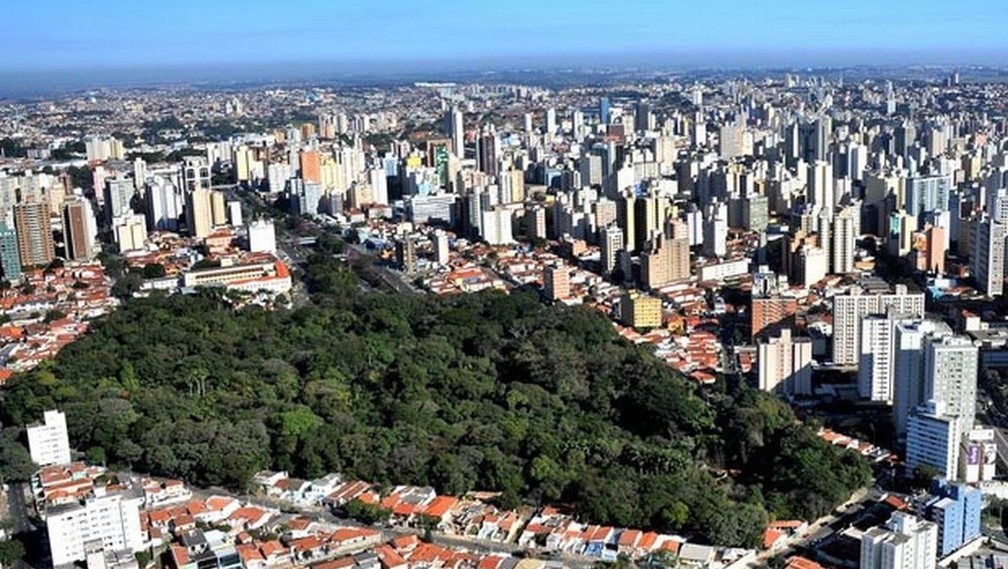SÃO PAULO, BRAZIL – The São Paulo government recorded 67 new deaths in the past 24 hours, a record. As a result, a total of 371 people have died in the most populous state in Brazil because of the novel coronavirus, according to the official survey, with 5,682 confirmed cases of the disease.
Although the city of São Paulo is the epicenter of Covid-19 in the state and in Brazil, the concern of the João Doria government has been recurring this week in inland cities, where social isolation measures have been less effective, with records of greater circulation of people than in the capital, according to mobility data analyzed by the UNESP.
According to a study conducted by the institution, Covid-19 has been reaching regional centers outside the capital of São Paulo from the main roads and have the potential to reach locations in the outskirts in a “cascading effect”.

UNESP researchers, who are part of the State Coronavirus Contingency Center, have focused on various data and studies from the IBGE (Brazilian Institute of Geography and Statistics) to determine the main routes connecting the São Paulo capital to other regional centers in the State.
“As the air traffic was interrupted, this spread is caused through the highways along these routes and has a cascading effect,” explains Professor Raul Guimarães, of the Health Geography Laboratory at UNESP.
The survey identified 13 medium-sized municipalities that are home to Covid-19: Araçatuba, Araraquara, Bauru, Campinas, Marília, Piracicaba, Santos, Ribeirão Preto, São José do Rio Preto, São José dos Campos, Sorocaba and Votuporanga.
“So, in addition to the city, cases are emerging in these 13 main centers and then in municipalities that are predominantly urban that have a strong relationship with these centers,” adds Guimarães.
According to Professor Charlemagne, epidemiologist at the Medical School of UNESP (Botucatu), it is first of all a “hierarchical model,” in which coronavirus makes its main “leaps” from the metropolis to other cities along these routes; and then, “a model of contiguity,” in which the virus spreads to neighboring towns.
The good news concerns the speed of coronavirus spread in the state, Magno explains. The speed indicators show that if before, one person could infect another 4.5 individuals, that rate has dropped to two. “Social isolation is the only known measure to reduce the number of deaths and hospitalization,” he explains.
The growth curve in the interior, however, is “two or three weeks behind”. “Isolation must be effected throughout the state; it makes no sense to decree it in some cities and not in others.
The mechanism
An example of how the virus easily spreads to neighboring cities is in the outskirts of the São Paulo capital. The second city with the most infections is São Bernardo, an industrial hub neighboring Latin America’s main metropolis. There, 129 cases and six deaths were reported on Tuesday.
However, so far, of the 645 municipalities in the state, 121 have at least one case of covid-19. In other words, 20 percent of the total. For now, the surrounding rural municipalities have not recorded many cases.
“But it is a matter of time. From the moment it spreads, you move into that uncontrolled stage [of the epidemic],” Guimarães alerts, pointing out that only social isolation measures could halt the spread throughout the interior.
This was one of Doria’s reasons for extending the quarantine for another 15 days, until April 22nd. According to Professor Magno, the rate of circulation of people in the capital of São Paulo was around 60 percent, but it fell to just over 40 percent in cities in the interior. The state average was 54 percent.
“The guideline is to increase the stringency. If there is a need for more restrictive measures we will not hesitate to take them,” the governor said at a press conference on Monday. Professor Magno believes there is “a false sense of security” in the interior, which reduces “the effectiveness of the isolation message”.
During the press conference, Doria also warned that the state Police are authorized not only to give guidelines but also to prevent crowds, using coercive measures that can even “sanction people with penalties provided by law” and “lead to imprisonment”.
According to Magno, such measures are crucial to identifying the dynamics of coronavirus spread. “You won’t be able to implement surveillance measures in the 645 municipalities, but you can choose the 30 most relevant ones in which, if there is great social isolation, you are protecting the neighbors,” explains the UNESP professor, who advocates implementing quarantine throughout the state and not only in some cities.
Later this week, the Ministry of Health talked about relaxing isolation measures in smaller cities where less than 50 percent of the health network is compromised.
For infectologist David Uip, coordinator of the Coronavirus Contingency Center, social distancing must be increased by up to 70 percent to prevent a collapse of the health system.
“If we manage to increase social distance, which was on average 54 percent, to 70 percent, the number of beds in the state of São Paulo will be sufficient for this first epidemic wave. If we don’t comply with this state proposal, we’ll face greater difficulties with beds,” he said at a press conference on Tuesday.

